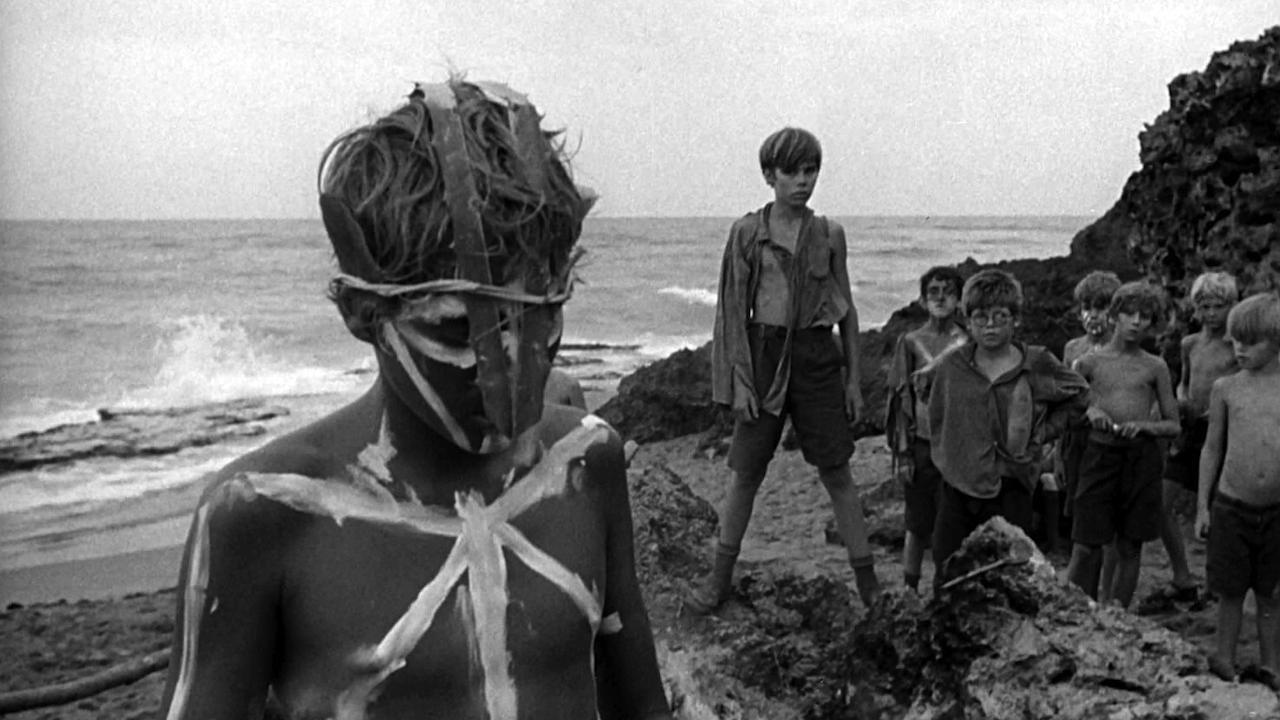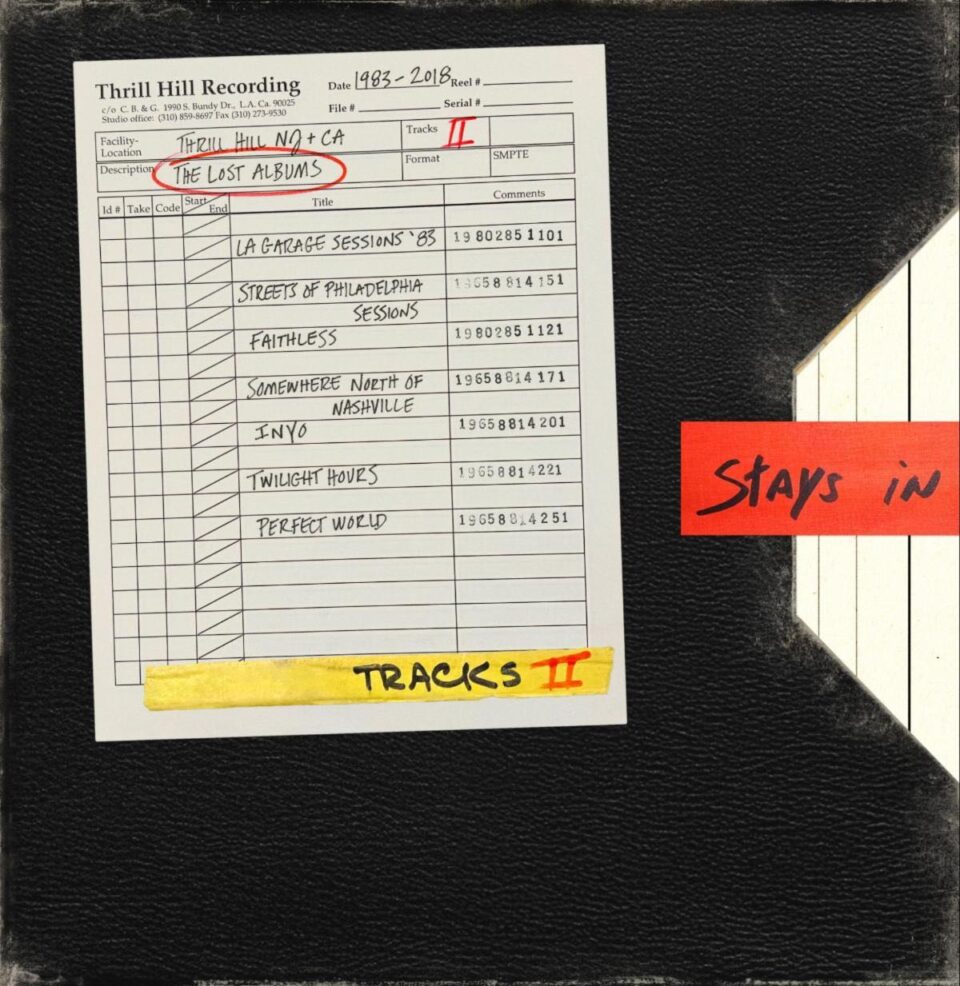FLOOD’s weekly Pop Culture Cure offers an antidote—or eight—to the most upsetting developments of the past week. (Because therapy’s expensive, and entertainment’s fun.)
Do you know what’s dangerous? Human existence, that’s what! Every day we get out of bed (already dangerous), commute somewhere via trains (which derail) and cars (which crash), do some work (which leads to stress, which causes heart disease), and then socialize over drinks (a kind of poison) with other people (our natural enemies) before going to sleep (a.k.a. “a pleasant death!”). And that’s all under the best of circumstances. We may have escaped annihilation in the Great Reaping of 2016, but that just means that 2017 will be gunning for us even harder. So let’s do the only thing that makes sense: let’s prepare for the worst by enjoying some of pop culture’s best tales of survival.
Robinson Crusoe, written by Daniel Defoe
As preparation for surviving: life on a desert island.
Parents wisely tell their children never to turn their backs on the sea (because it’s clearly out to murder us), but when our fronts are to the sea, our backs are to something else. After being shipwrecked, Robinson Crusoe doesn’t turn his back on anything. Instead, he identifies his resources, turns everything to account, and never stops planning. The tension in Daniel Defoe’s book is endless because nothing is ever guaranteed; today’s solution is tomorrow’s problem, and that’s as true in America today as it was in England in 1719, when the book was published. The only volume that Crusoe had on his island was a copy of the Bible, but whether you’re looking for spiritual or physical sustenance, it’s hard to do better than Defoe’s masterpiece. It’s a thousand books in one, and every time you read it, you learn something new.
https://www.youtube.com/watch?v=01RC9WzMdAg
Lord of the Flies, directed by Peter Brook
As preparation for surviving: childhood.
Childhood is a brutal business: adults give you food (aka “lunch”), but the bullies take it from you. Parents give you a name, but the wiseacres give you a new one. The torture never ends, and then you’re expected to somehow grow up. Lord of the Flies is about that strange blend of brutality and civility that we call “childhood,” but it’s also about the primal forces that lie beneath all of civilization, no matter how old you may be. The novel of the same name offered an alarmingly convincing portrayal of what children would be like when stranded on a desert island and stripped of all oversight, but the film went one step further: Peter Brook took a fairly random sampling of aspiring child actors, put them on an island, removed almost any sense of supervision, and started filming. In his words: “the only falsification in Golding’s fable is the length of time the descent to savagery takes. His action takes about three months. I believe that . . . complete catastrophe could occur within one long weekend.”
The Handmaid’s Tale, written by Margaret Atwood
As preparation for surviving: institutionalized sexism.
Is this too on the nose for 2017? Well, I don’t care. And if it is, then Hulu is too on the nose, too, and thank god for that. Atwood’s book has no reason to be as gripping or as eye-opening as it is, since most of the book takes place in the head of a single character who is more or less stuck inside a single room in a single house and who has limited contact with the uncannily familiar world outside her residence. But it is gripping, and that’s because Margaret Atwood wrote it.
Deliverance, written by James Dickey
Ideal for escaping: threatening modes of masculinity.
Deliverance is a sinkhole of terror, but it’s written like a potboiler, where every new solution leads to a whole new set of problems. As a result, the book veers wildly from bizarro travelogue to horror story to adventure tale to crime novel, and yet somehow it all hangs together. The movie version has the “Squeal!” line and “Dueling Banjos” (one of the weirdest songs to ever win a Grammy), but the book lasts about six hours longer—so if you savor suspense (and tips on how to kill with a crossbow) you’ve got to go back to the original.
The Walking Dead, created by Robert Kirkman
Ideal for escaping: zombies.
If zombies aren’t real and they aren’t trying to kill us, then why do we know so much about them?! So yeah, I think we should take precautions. Also because zombies are like God in Pascal’s wager: both God and zombies might not exist, and yet we still need to prepare for the eventuality that they might be real, because if they are, then we pay an infinite price (where infinity equals salvation for Pascal, and a loss of brains/humanity in a zombie apocalypse).
The Road, written by Cormac McCarthy
Ideal for escaping: a nuclear holocaust, exposure, and/or fine young cannibals.
In Cormac McCarthy’s version of the future, it is very cold. There are no resources. Looting is life. Most of the survivors in this world are on a barbaric and never-ending hunt for other human beings, because when it really comes down to it, people are edible. McCarthy’s novel follows a father and his son in this hellscape, and [spoiler alert] the two do not share many laffs together. Where did all the laffs go! And how do you survive in a post-laffs world? It’s not easy, but it seems like morals might be the answer. You need morals on the road. Oh, and it also helps to start out with a bathtub full of clean drinking water. Everything in the book is described in stark, stripped-down language, and it’s all very vivid, and very believable. This book will haunt your dreams.
(Jose Saramago’s Blindness is another great book in a similar mode, but it just seems to me that such metaphorical apocalypses as “humanity goes blind,” are, in a word, unlikely. Much less likely, anyway, than “humanity blows itself up.”)
127 Hours, directed by Danny Boyle
Ideal for escaping: rocks and hard places.
So yeah, it’s one thing to make it through childhood or lunch at Chevy’s, but it’s something else entirely to survive in the wild when the biggest threat to your survival is the fact that your arm is still attached to your body. This movie—which, as you might have heard, is about a man sawing through his own arm—was commercially and financially successful. That is a miracle. So, the next time you go hiking, please heed this film’s warnings and remember to bring along a cell phone, a cell phone tower, morphine, grenades, a doctor, your mom, a car, food, water, extra batteries, and a light saber (in case you do actually need to amputate something). Or stay home, watch this movie, and never trust nature again.
The Shawshank Redemption, directed by Frank Darabont
Ideal for escaping: prison routines.
We’ve reviewed survival tactics in the face of zombies, cannibals, hillbillies, childhood, and rocks. But there is one arena that still needs to be discussed: jail. The movies teach us that jail is the scariest thing ever. It is even scarier than the previous terror champion: landsharks on motorcycles, wearing fur hats—no, those aren’t hats! My god! They’re swarms of furious killer bees! So let us thank Stephen King (who first wrote the novella Rita Hayworth and Shawshank Redemption) for the existence of this now-classic prison film, in which we learn how to deter rapists, find a cushy job, embezzle funds from a warden, find an understated narrator, and escape a high-security facility. Also, if you’re ever in a bind outside of jail, just start talking about how much you love The Shawshank Redemption. It will turn your enemies into your friends, and turn everyone—friends and enemies, robbers and robbees, wardens and inmates alike—into Morgan Freeman–quoting machines.









